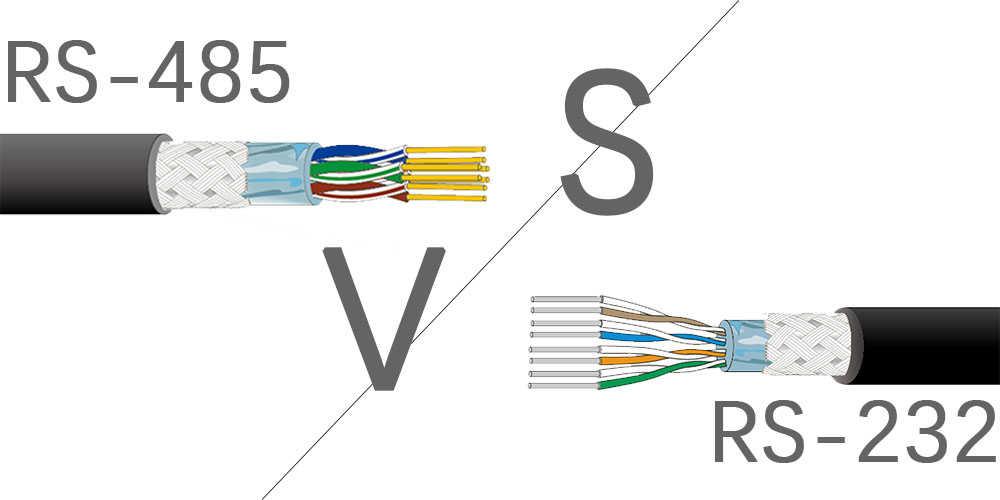[AIPU-WATON] What is the Difference Between RS232 and RS485?
Serial communication protocols play a crucial role in connecting devices and enabling data exchange. Two widely used standards are RS232 and RS485. Let’s delve into their distinctions.
· RS232 Protocol
The RS232 interface (also known as TIA/EIA-232) is designed for controlling serial communication. It facilitates data flow between Data Terminal Equipment (DTE), such as terminals or transmitters, and Data Communications Equipment (DCE). Here are some key points about RS232:
-
Mode of Operation:
- RS232 supports both full-duplex and half-duplex modes.
- In full-duplex mode, data can be sent and received simultaneously using separate wires for transmission and reception.
- In half-duplex mode, a single line serves both transmitting and receiving functions, allowing either one at a time.
-
Communication Distance:
- RS232 is suitable for short distances due to limitations in signal strength.
- Longer distances may result in signal degradation.
-
Voltage Levels:
- RS232 uses positive and negative voltage levels for signaling.
-
Number of Contacts:
- An RS232 cable typically consists of 9 wires, although some connectors may use 25 wires.
· RS485 Protocol
The RS485 or EIA-485 protocol is widely adopted in industrial settings. It offers several advantages over RS232:
-
Multi-Point Topology:
- RS485 allows multiple receivers and transmitters to be connected on the same bus.
- Data transmission employs differential signals for consistency.
-
Mode of Operation:
-
Communication Distance:
- RS485 excels in long-distance communication.
- It is ideal for applications where devices are spread across significant distances.
-
Voltage Levels:
- RS485 uses differential voltage signaling, enhancing noise immunity.
In summary, RS232 is simpler for connecting devices over short distances, while RS485 allows multiple devices on the same bus over greater distances.
Keep in mind that RS232 ports are often standard on many PCs and PLCs, whereas RS485 ports may need to be purchased separately.
Post time: Apr-29-2024

